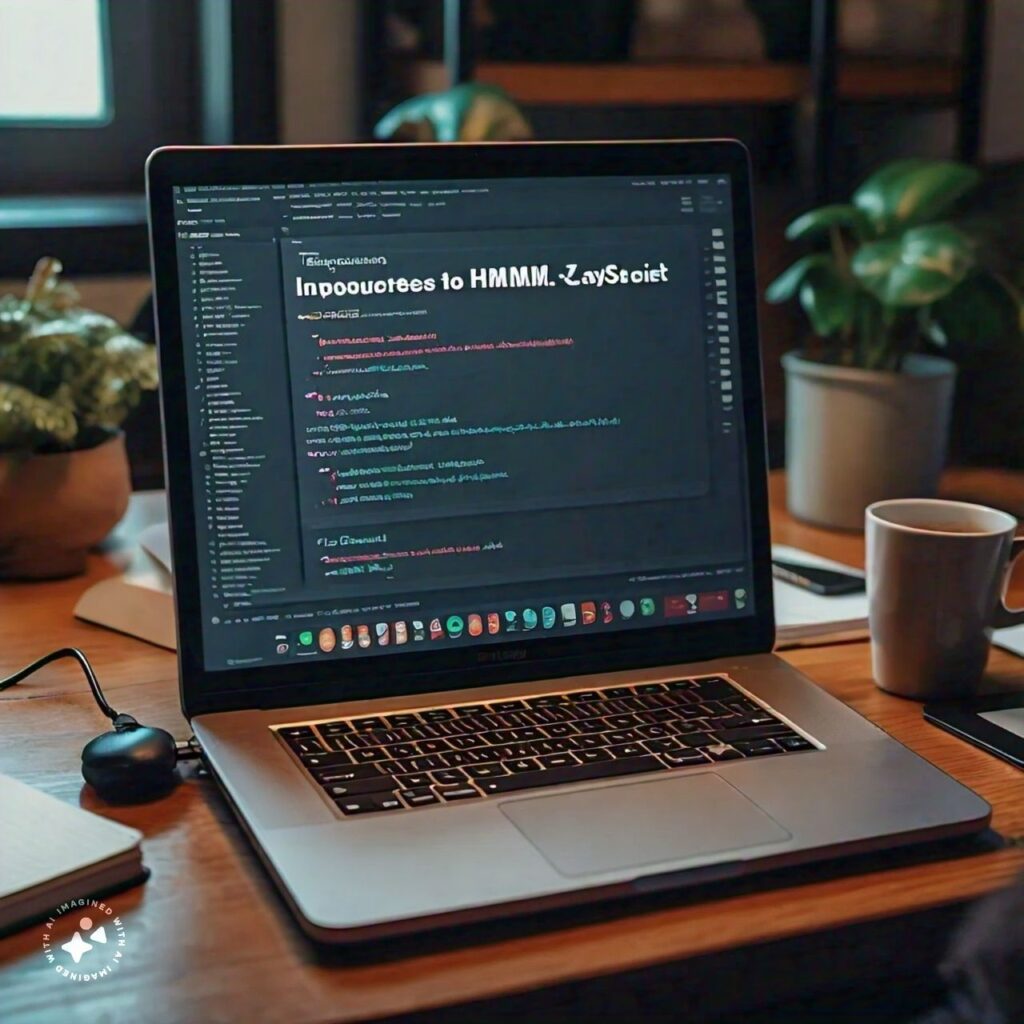
Full Stack Developer Course Syllabus
Introduction
In today’s rapidly evolving tech landscape, the role of a full stack developer has become increasingly essential. A full stack developer possesses proficiency in both front-end and back-end technologies, enabling them to manage and develop entire web applications. If you’re considering a career in web development, understanding the comprehensive nature of a full stack developer course syllabus is crucial. This blog post aims to provide you with an in-depth overview of what you can expect from a typical full stack developer course.
Course Overview.
The full stack developer course is meticulously designed to equip learners with the comprehensive skills needed to conceptualize, develop, and deploy dynamic web applications from start to finish. Whether you’re a complete beginner or someone looking to enhance your existing programming knowledge, this course covers all fundamental aspects of modern web development. It integrates various front-end technologies, back-end frameworks, database management systems, and deployment strategies, ensuring that you are well-prepared to tackle real-world projects and challenges.
Syllabus Details.

- Introduction to HTML, CSS, and JavaScript: Learn the foundational building blocks of web development, including the structure (HTML), styling (CSS), and interactivity (JavaScript) of web pages.
- Responsive web design principles: Understand how to create websites that adapt and perform well across different devices and screen sizes.
- CSS preprocessors (e.g., SASS, LESS): Explore advanced CSS techniques to streamline and enhance your styling workflow.
- Front-end frameworks (e.g., Bootstrap, Tailwind CSS): Dive into popular frameworks that provide pre-designed components and layouts to accelerate front-end development.
- JavaScript libraries and frameworks (e.g., React, Vue.js): Master modern JavaScript libraries and frameworks for building interactive and efficient user interfaces.
2. Back-End Development.

- Server-side programming languages (e.g., Node.js, Python, Ruby): Gain proficiency in server-side languages that power the logic and functionality behind web applications.
- RESTful API development: Learn how to design and implement APIs that enable communication between different software systems and applications.
- Authentication and authorization techniques: Explore methods to secure and manage user access to web applications.
- Database management systems (e.g., SQL, NoSQL): Understand the principles and implementation of both relational and non-relational databases for storing and retrieving application data.
- Server deployment and management (e.g., Docker, AWS): Learn best practices for deploying and maintaining web applications on cloud platforms and containerization technologies.

- Planning and designing a full stack application: Apply your knowledge to conceptualize and plan a complete web application project.
- Integrating front-end and back-end components: Implement seamless communication and integration between the client-side and server-side of your application.
- Database schema design and implementation: Design and implement efficient database schemas to store and retrieve application data effectively.
- Testing, debugging, and optimizing the application: Employ testing methodologies and debugging techniques to ensure the reliability and performance of your web application.
- Deployment strategies and best practices: Learn various deployment strategies and best practices to deploy your web application to production environments securely and efficiently.
4. Advanced Topics.
- Progressive web apps (PWAs) and offline functionality: Explore advanced web application techniques to provide enhanced user experiences, including offline access and background syncing.
- Web sockets and real-time communication: Learn how to implement real-time features in web applications using technologies like WebSockets for instant data exchange.
- Security best practices and vulnerability assessment: Understand security threats and best practices to safeguard your web applications from malicious attacks.
- Performance optimization techniques: Optimize your web applications for speed and efficiency to deliver superior user experiences.
- Continuous integration and deployment (CI/CD): Implement automated workflows for continuous integration and deployment to streamline the development, testing, and deployment processes.
Conclusion.
Embarking on a full stack developer course opens doors to a dynamic and rewarding career in web development. By mastering both front-end and back-end technologies, you will possess the skills to create robust, scalable web applications that meet modern industry standards. Whether you’re looking to advance in your current role or transition into a new career, investing in a comprehensive full stack developer course will undoubtedly set you on the path to success.


Leave a Reply